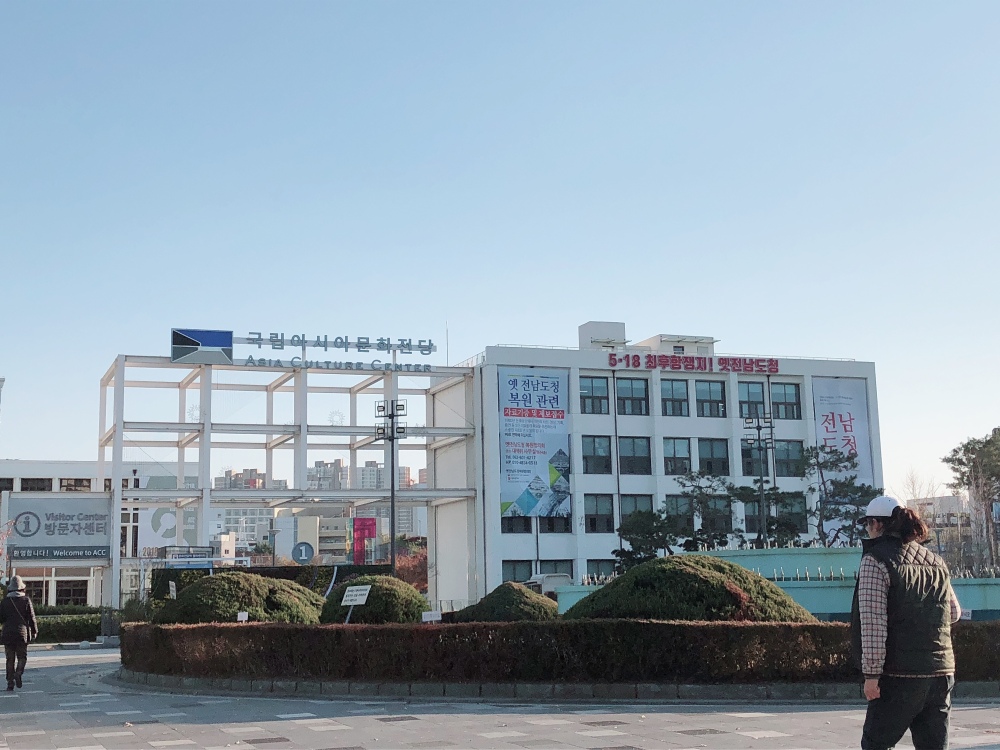Gwangju is the sixth largest city in Korea and it is a site rich is history. It was the capital of the South Jeolla Province until the provincial office moved the southern village Namak in Muan County in 2005. Gwang means “light” and Ju means “province.” 

As I was walking down the streets, I saw a statue which was tribute to the Comfort Slave women, which is still an issue of hot potato in Korea and Japan. Here, we see Lee Ok Soon, chosen to be a symbolic figure representing the comfort women victims of the Imperial Japanese Army rule. Lee is but at a tender age of sixteen, who is 93 today. It’s a sign that there is still a past historical wounds to be unearthed and truth that needs to be sought even today. 


One of the most symbolic and painful histories of Gwangju is the demonstrations of May 18, 1980. Here I visited a museum and memorial site mourning and respecting the democratic movement. In May 1980, demonstrations took place in Gwangju against President Chun Doo Hwan. However, the demonstrations were suppressed by military forces including elite units of the Special Operations Command. The situation escalated after a violent crackdown resulting in the Gwangju Uprising, where civilians raided armories and armed themselves. By the time the uprising was suppressed 9 days later, hundreds of civilians and soldiers were dead. This site here honors the victims of the incident. 

The next day, I visited the Gwangju Lake Ecological Park. It was beautiful at this time of the year, between autumn and winter. It has a natural observation center , an eco-experience center, flower district, and more. Next time, I want to come during spring so I can take pictures with wild flowers. 



Very picturesque, isn’t it? The lake was very tranquil and calm. I felt like I was getting the fresh air I desperately needed. It is pretty close to the city part of Gwangju, so it seems liked it’ll be a place to come to when it gets warmer. 

There was a blue painted section of the deck which when I drew closer, was a replica of the Panmunjeom, near the DMZ celebrating the historical summit between North and South Korea under President Moon and Commander Kim.
For more information, check out the official website below!
http://english.visitkorea.or.kr/enu/ATR/SI_EN_3_1_1_1.jsp?cid=1211999




After the lake, I was on my way to Hwanbyeokdang, which is a garden pavilion closely near Damyang County in South Jeolla. It was built by Sachon (Kim Yunje, 1501-1572) on the hill. Hwanbyeokdang translates to “a place surrounded by green trees and water.”
Here, we watched a pansori performance by two beautiful sori-gguns in the exquisite hanbok as you can see below!


